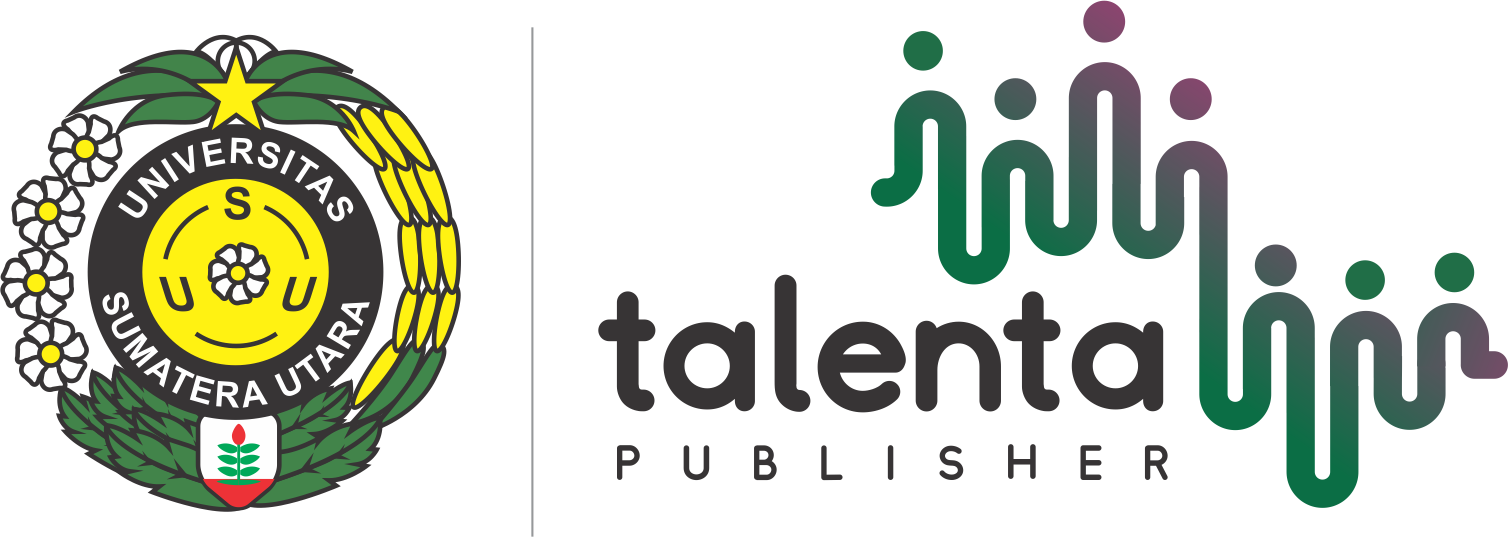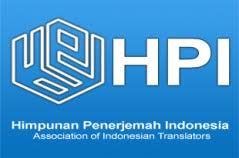An Analysis of Illocutionary Meaning of the Ritual Speech “Saeba Bunuk Hau No” in Spaha Village, Kolbano Subdistrict, South Central Timor Regency
Keywords:
speech act, Illocutionary, saeba bunuk hau no, ritual speechAbstract
The title of this research is an analysis of illocutionary meaning of Saeba bunuk hau no in Spaha village, Kolbano subdistric, South Central Timor Regency with the problems are 1. What are the types of Illocutionary meaning in the ritual speech entitled“Saeba Bunuk Hau No” 2. What types of Illocutionary ritual speech are mostly used in the ritualspeech entitled “Saeba bunuk hau no”. The aims of this research are 1. To know the types of Illocutionary used in the ritual speech entitled “Saeba bunuk hau no” 2. To know the types of Illocutionary ritual speech are mostly used in theritual speech entitled “Saeba bunuk hau no”. The theory that the writer used is the theory of speech act, which this theory inspects how we can find out the illocutionary meaning. The method that the writer used is descriptive qualitative method with techniques of collecting the data are reading the previous research result, find the utterances, analyze the meaning of utterances to identify the types of illocutionary and to know the types of illocutionary are mostly used in the ritual speech Saeba bunuk hau no in the Spaha Village, Kolbano Subdistric, South Central Timor Regency. From the results of this study the writer found that there were five types of illocutionary meaning of Saeba bunuk hau no, namely: Assertive, Directive, Expressive, Comisive and Declarative and the most widely used type of illocutionary was Assertive, Directive and Declarative because this types of illocutionary was used to convey a specific purpose.
Downloads
References
Amurti, R. W. (2012). An Investigation of Structural Ambiguity in Phrases Found in Indonesian Authors’fan-Fiction Products (Doctoral Dissertation, Sanata Dharma University).
Anselmus Bobo Tari, P. B. S. I. (2018) Tindak Tutur Lokusi, Ilokusi, Dan Perlokusi Dalam Tayangan Kick Andy Episode “Ubah Mimpimu Jadi Kenyataan” Dan Relevansinya Pada Pembelajaran Berbicara di Smp. Pbsi, Universitas PGRI Yogyakarta.
Austin, J. L. (1962). Speech Acts.
Bayat, N. (2013). A Study on the Use of Speech Acts. Procedia-Social and Behavioral Sciences, 70, 213-221.
Fitri, M., Alfian, A., & Ridwan, A. (2019). Ambiguity in Short Stories by Ahmad Tohari as Translated by Rosemary Kesauly (Doctoral Dissertation, UIN Sulthan Thaha Saifuddin Jambi).
Fish, S. E. (1976). How to Do Things With Austin And Searle: Speech Act Theory and Literary Criticism. Milano, 91(5), 983-1025.
Hanifa, S., Yanti, Y., & Thamrin, T. (2020). An Analysis of The Expressive Speech Acts in Crazy Rich Asians Movie. Abstract of Undergraduate Research, Faculty of Humanities, Bung Hatta University, 2(2), 20-22.
Haris, H. K. (2021). Created By: Husnul Khatimah Haris.
Hurford, J. R., Heasley, B., & Smith, M. B. (2007). Semantics: A Coursebook.
Cambridge University Press.
Isu, Rudolof J. 2021. Saeba Bunuk hau no. Journal of Rhetoric Vol. 3 No.1, June 2022.
Indonesian Language and Literature Education, University of Flores.
Izar, J., Nasution, M. M., Virginia, O., & Harianto, N. (2022). The Analysis of Locutionary, Illocutionary, and Perlocutionary of Speech Acts in the Short Story" Rembulan dalam Cappuccino" by Seno Gumira Ajidarma. Journal of English Teaching and Linguistics, 3(1), 28-35.
Kassapi, E. (2011). Jolie-Journal of Linguistic and Intercultural Education/Poliphilos, 2.
Laila, A. P. (2022). Illocutionary Act in Crazy Rich Asians Novel by Kevin Kwan: Pragmatic Analysis (Doctoral Dissertation, Hasanuddin University).
Pidiamoy, W. (2020). Semantics Analysis on Figurative Language in Avril Lavigne's Song Lyrics of Head Above Water Album (Doctoral Dissertation, UIN Sunan Gunung Djati Bandung).
Rahma, U. (2021). Illocutionary Acts Performed in Stand-Up Comedy Show by Michael Jr (Pragmatic Analysis) (Doctoral Dissertation, Universitas Hasanuddin).
Downloads
Published
How to Cite
Issue
Section
License
Copyright (c) 2025 LingPoet: Journal of Linguistics and Literary Research

This work is licensed under a Creative Commons Attribution-ShareAlike 4.0 International License.












